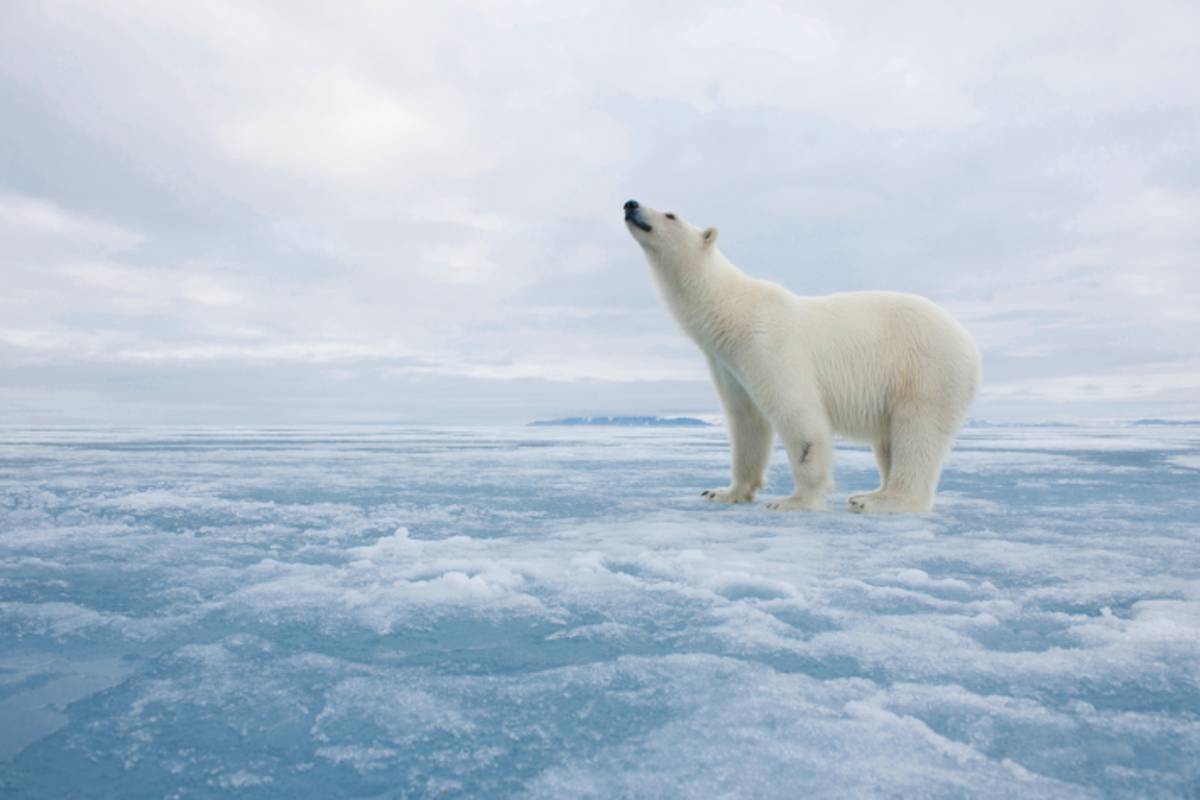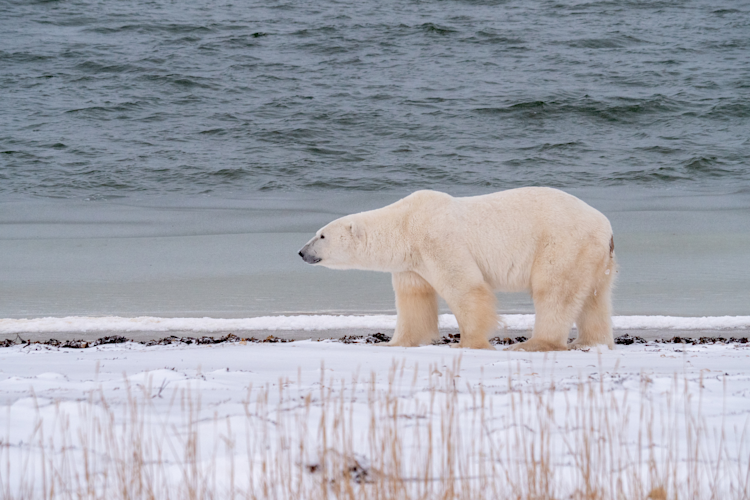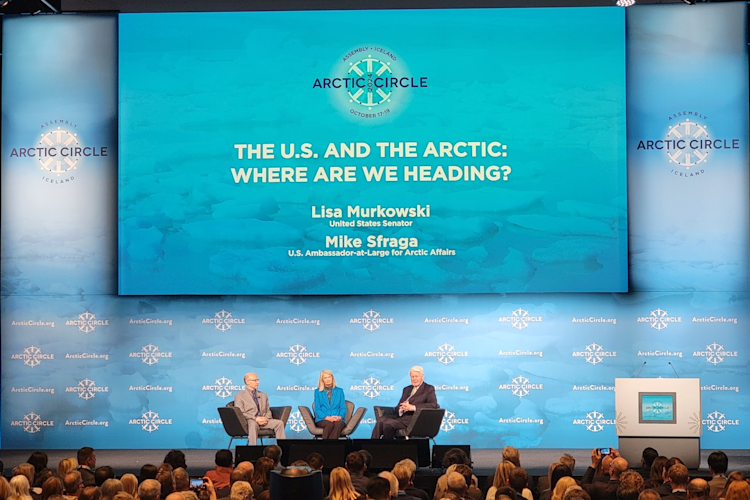In January of 1992, a lone female cub was born in a den located on the lee side of a pressure ridge on the pack ice of the Beaufort Sea. In late March, the mother bear popped her nose through the den’s ceiling to let in the first rays of daylight for her cub, and over the next week slowly acclimated the cub to life outside the den. Eventually, the mom felt confident in her cub’s ability to tolerate the challenging environment and left the den for good to find her first meal in roughly five months. That April, researchers from the U.S. Geological Survey’s Polar Bear Research Program captured the family on the sea ice north of Prudhoe Bay, Alaska—giving the mom and her cub small ear tags with unique identification numbers and adding them to the database.
Twenty years later, I was part of a research team flying in a helicopter over the snow-covered sea ice of the southern Beaufort Sea in search of polar bears to sample for the program’s long-term population dynamics study, research that helps us understand how the bears are faring. We had been slowly flying over a network of intertwined leads (narrow slivers of open water between ice floes) when someone shouted, “There’s a bear!” It took me a moment to isolate the small flash of pale yellow within the flat light of the vast and snowy-white background. It was my first time seeing a polar bear in the wild and it was majestic. Once we were on the ice with the bear, we noted the ear tag indicating a previous capture. The grizzled 20-year-old, 200-kilogram female was the same individual captured as a 13-kilogram cub in 1992.
I have since seen hundreds of polar bears and the excitement has never waned. My colleagues and I are privileged to study the bears and feel the weight on our shoulders to continue to produce rigorous and timely science that can be used to ensure their long-term persistence. But over the past two decades, a looming question has emerged: How do you study an ice-dependent species when your study area is melting away?


















